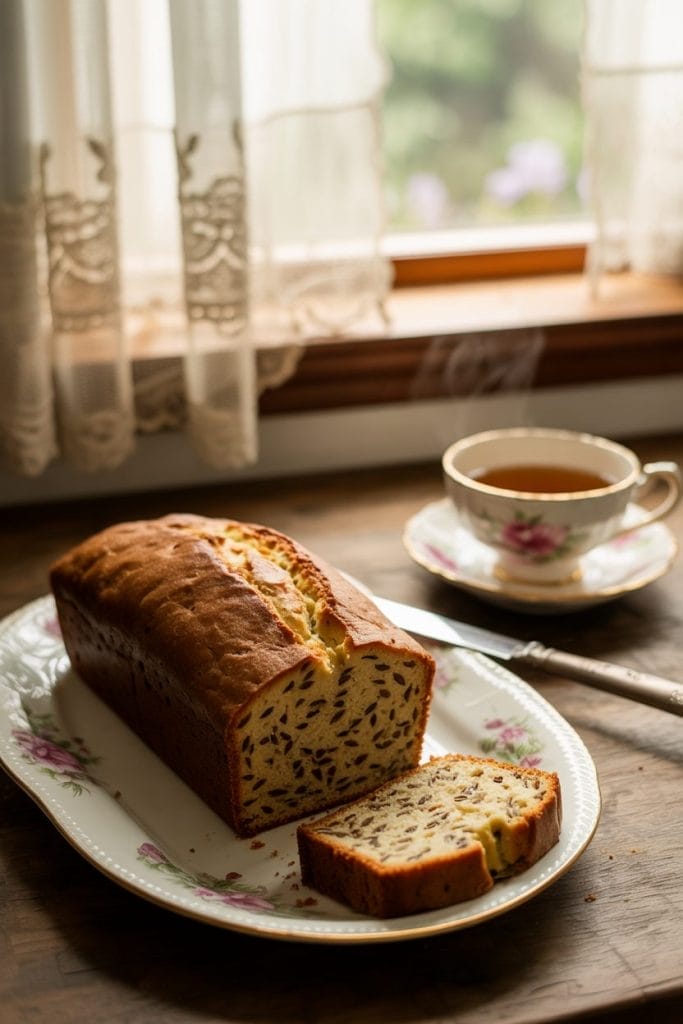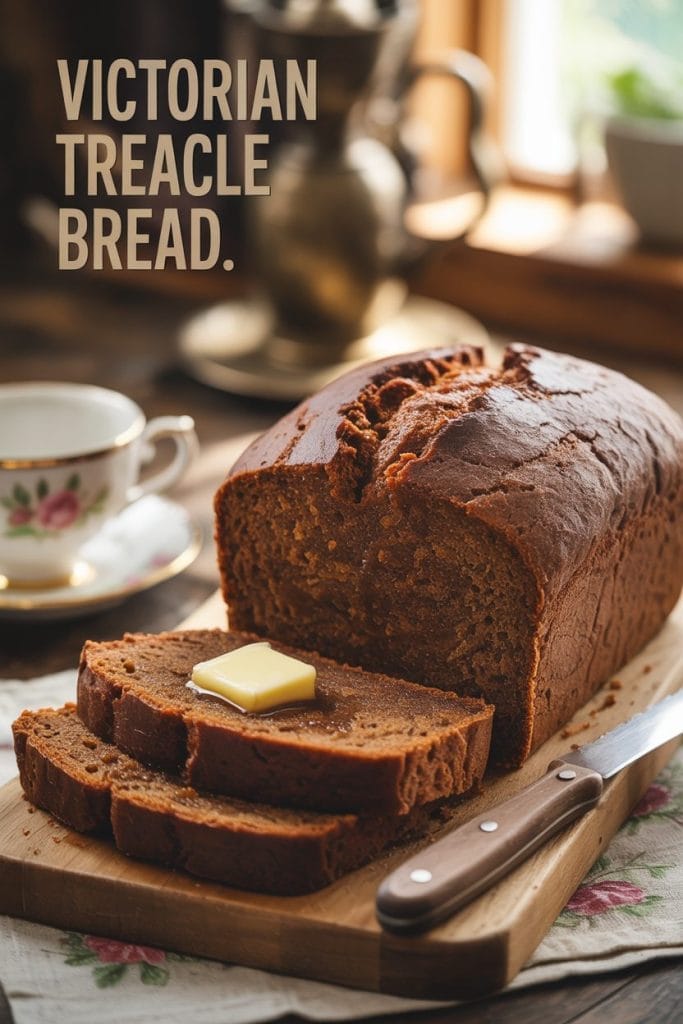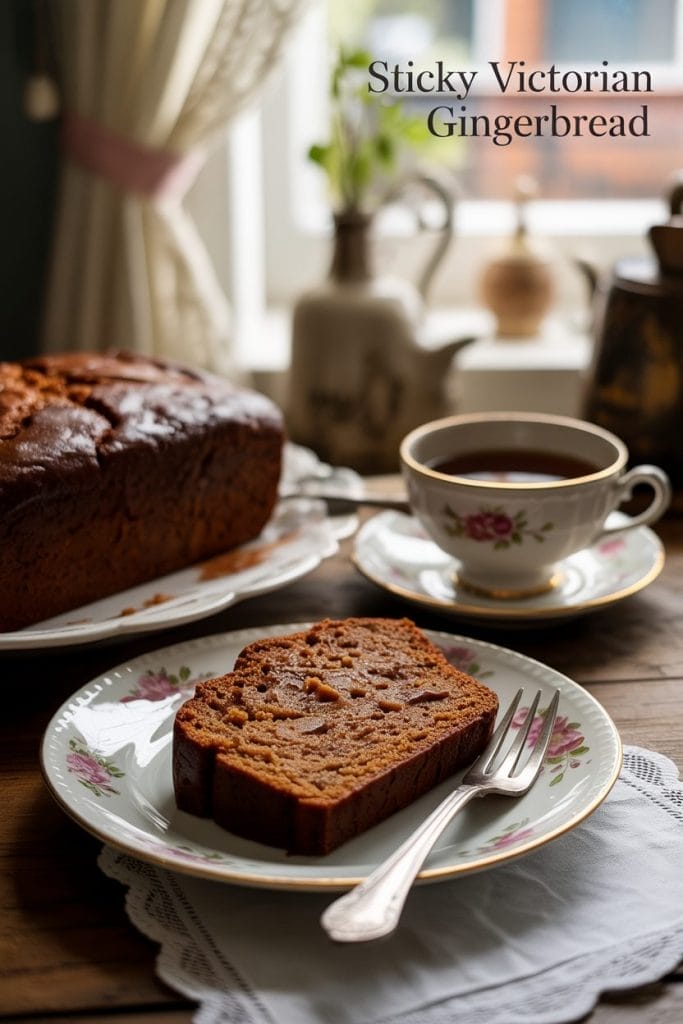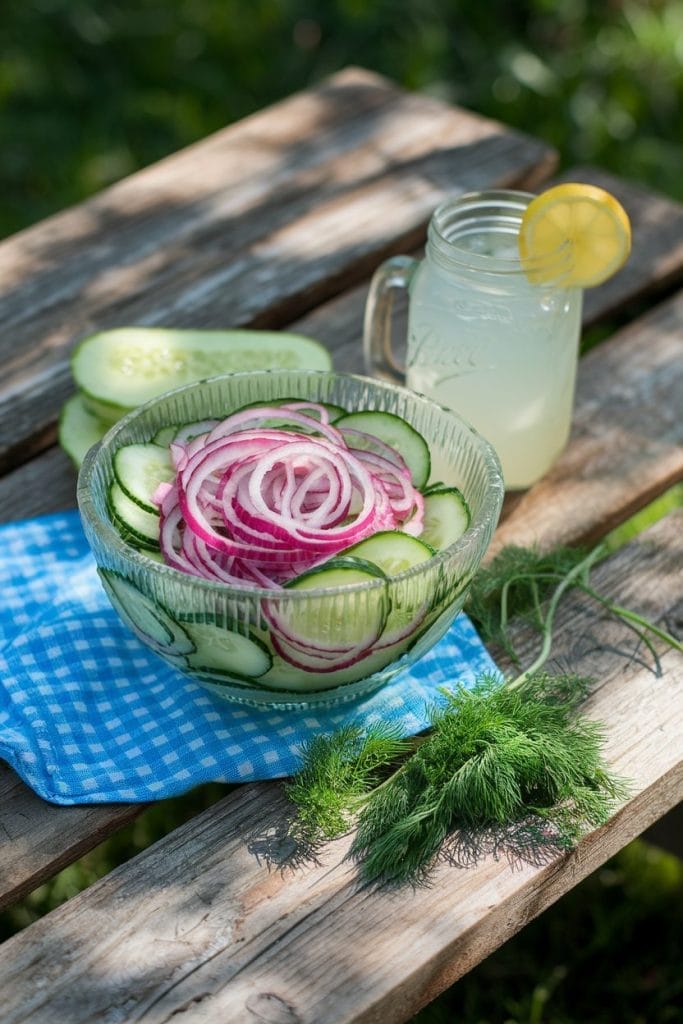I Made These FREE Vintage Recipe Tools JUST For You
This recipe was created with help from AI tools and carefully reviewed by a human. For more on how we use AI on this site, check out our Editorial Policy. Classic Fork earns a small commission from Amazon and other affiliate links at no extra cost to you, helping us keep our content free and honest.
Surviving WW2 With Vegetables: 5 Rationing Recipes You’ll Love Today!
Time Period:
Meal Type:
Growing up, I always heard stories from my grandparents about how they “made do” during the war.
They swore their vegetable soups and creative puddings were some of the best meals they’d ever had. I used to laugh—until I tried one.
Who knew these wartime recipes, born from necessity, could be so delicious (and surprisingly trendy today)?

What Would You Cook in Wartime?
Step back in time and discover what you could make with limited wartime rations
1. Carrot Roast
Carrot roast became a wartime favorite in Britain during WWII due to the abundance of carrots and the government’s encouragement to use them creatively.
Carrots were promoted as versatile, nutritious, and easy to grow, even in small home gardens. This dish involved roasted carrots seasoned with whatever herbs and spices were available.
Why It Was Made
Meat was rationed, and carrots were used as a replacement in many dishes. Carrot roast was a simple but filling meal that provided essential vitamins during hard times. It was heavily promoted in government pamphlets as part of the “Dig for Victory” campaign.
Regions
This dish was popular in Britain, especially in urban areas where access to fresh produce was limited.

2. Lentil Stew
Lentil stew was a common vegetarian meal during WWII, especially in Europe. Lentils were a valuable source of protein during rationing when meat was unavailable. This hearty dish, cooked with simple ingredients like lentils, onions, and carrots, provided comfort during difficult times.
Why It Was Made
Lentils were easily stored and inexpensive, making them a perfect choice for a ration-based diet. People relied on this stew to stretch their meals and feed larger families.
Regions
This dish was widely eaten across Europe, particularly in countries like Germany, France, and Italy, where pulses had long been part of traditional cuisines.

3. Potato Pancakes
Potato pancakes were a common wartime dish in Eastern Europe, especially in countries like Poland and Ukraine. They were made using grated potatoes, a bit of flour, and salt. Eggs, if available, were added sparingly.
Why It Was Made
Potatoes were easy to grow and widely available even during wartime. These pancakes were a quick, filling meal that didn’t require luxurious ingredients, making them a staple for families with limited resources.
Regions
This dish was most popular in Eastern Europe but also made its way to other countries as a simple vegetarian option during food shortages.

4. Vegetable Pasty
Vegetable pasties were a wartime twist on the traditional Cornish pasty. Instead of a filling made with meat, they featured a mix of root vegetables, mainly potatoes, turnips, and onions. These handheld pies were easy to carry and made for a convenient meal for workers and families.
Why It Was Made
With rationing limiting meat and dairy, pasties became a way to stretch limited ingredients. The pasty’s crust protected the filling, making it an ideal portable meal during air raids or for factory workers.
Regions
These were especially common in Britain, particularly in regions like Cornwall and Wales, where pasties had long been a staple.

5. Barley and Vegetable Hotpot
Barley hotpot was a common dinner dish in both Britain and parts of continental Europe during the war. Barley, a cheap and filling grain, was mixed with root vegetables and simmered in a simple broth. This meal was hearty and nutritious, providing much-needed energy.
Why It Was Made
Barley was a widely available grain that stored well, making it an ideal choice during wartime. The dish was an economical way to create a comforting, filling meal without relying on meat.
Regions
This dish was popular across Britain and Europe, especially in rural areas where barley was more accessible.

Maggie Hartwell
Hi there, I’m Maggie Hartwell, but you can call me Maggie—the apron-clad foodie behind Classic Fork! I created Classic Fork because I’m convinced food has a way of telling stories that words can’t. So, grab a fork and dig in. The past never tasted so good!






